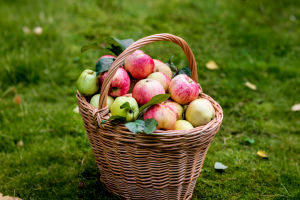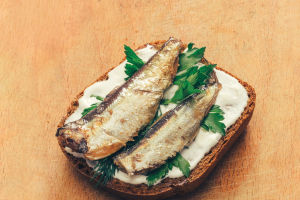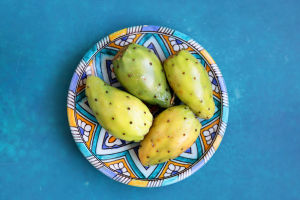Have you ever accidentally spilled mango juice on your clothes and found the stains hard to remove? Mango juice contains sugar, fruit acids, and pigments that make it particularly stubborn.
The sugar sticks to the fabric fibers, the fruit acids can react with the material, and the pigments are hard to wash out. But don't worry! With the right methods, you can get rid of these stains effectively.
Why Mango Juice Stains Are Difficult to Remove
Mango juice is a complex mixture that makes it difficult to clean. The sugar in the juice adheres to the fibers of the fabric, making it sticky and hard to rinse off. Fruit acids can potentially damage the fabric, and the pigments are highly resistant to regular washing methods. However, with the right approach, you can tackle these stains.
Removing Mango Juice Stains from Cotton Fabrics
For cotton clothes, immediate action is crucial. As soon as the stain occurs, rinse the area with cold water. Use a strong stream to wash away as much of the juice as possible.
Next, prepare a basin of warm water and add a suitable amount of laundry detergent. Soak the stained area for 15 to 20 minutes. This will help break down the stain. After soaking, gently scrub the area and check if the stain is gone. If there's still some residue, use a soft-bristle brush dipped in detergent to gently scrub the stain, then rinse thoroughly.
For white cotton clothes, you can add a small amount of bleach to the soaking water. Be sure to follow the instructions on the bleach bottle to avoid damaging the fabric. Soak for only 5 to 10 minutes, then proceed with normal washing.
Removing Mango Juice Stains from Synthetic Fabrics
Synthetic fabrics don't absorb water as easily as cotton, so direct rinsing isn't as effective. First, use a dry cloth or paper towel to blot up as much of the excess mango juice as possible.
Next, apply a few drops of dish soap directly to the stain and gently rub it in. Dish soap is effective at breaking down oily stains, which can help remove the sugar and pigments from the mango juice. After rubbing, rinse with water. If any traces remain, use a cotton ball dipped in alcohol to gently wipe the stain, then rinse with water again.
Removing Mango Juice Stains from Wool and Silk
Wool and silk are delicate fabrics that can be damaged by water. It's best to take these items to a professional dry cleaner. However, if you prefer to handle it yourself, be very careful.
Gently press a damp cloth against the stain to absorb the surface juice. Then, apply a small amount of wool or silk-specific detergent to the stain and gently wipe with a damp cloth. Use a consistent motion and avoid rubbing back and forth, as this can damage the fibers. Finally, rinse the detergent off with water and hang the garment to dry.
The key to removing mango juice stains is to act quickly and choose the right method based on the fabric type. For cotton, immediate rinsing and soaking are essential. For synthetic fabrics, dish soap and alcohol can be effective. For delicate fabrics like wool and silk, gentle blotting and specialized detergents are the way to go. By following these methods, you can keep your clothes clean and stain-free. If you have any other tips for removing stubborn stains, feel free to share them in the comments!


